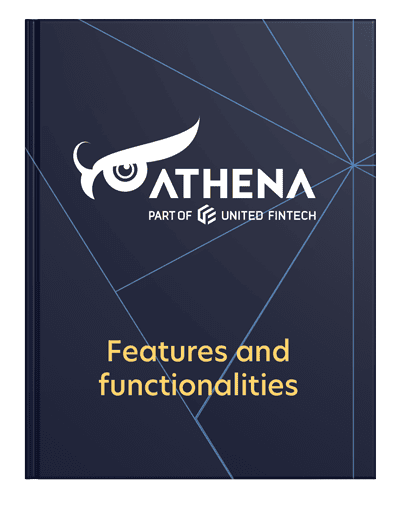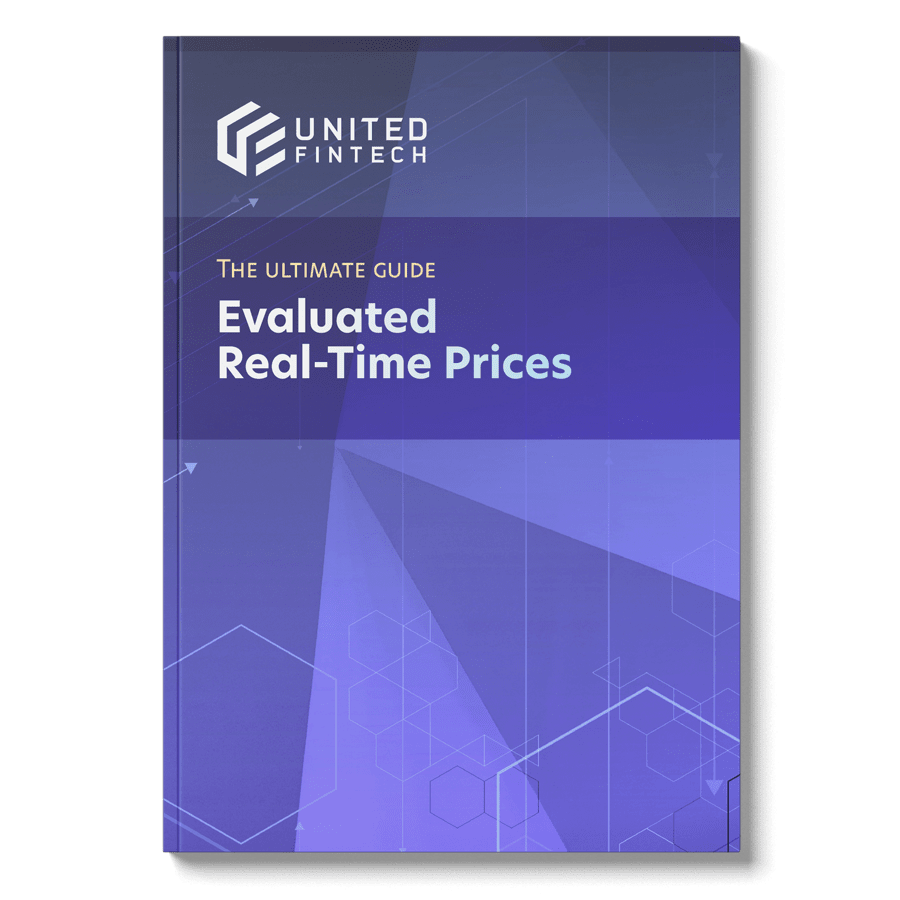Tell us about your background
I have a very technical background, so when Stig Brylle and I founded Netdania in 1998, my initial focus was product development.
Fast forward to today, I have worked across all business areas – and as demand for our products has increased, our product portfolio has broadened, allowing us to grow our team in Copenhagen, Romania, and London. This has freed up some of my time to focus on more strategic business areas. Though, by heart, I’m very much “techy.”
What was the gap in the market you spotted when setting up the business?
When we founded Netdania, we spotted a gap in the market that related to streaming prices to websites in real time. At the time, people primarily just saw static information on a website.
Our technology was a game changer and gave us an edge, allowing us to build momentum. We then began to create different ways to visualise the data using tickers, watchlists, and charts. The business has continually evolved since then. As you can see, we were pioneers in the market at that time.
How has Netdania been able to stay ahead of the game?
For the past 25 years, we’ve always strived to develop our solutions based on a modular architecture, identifying valuable sub-products within our products.
Historically we’ve always been swift at embracing new technologies. For example, before the first smartphones came out, we began the development of a mobile app for financial market data display. Today this app is rated as one of the best financial mobile apps. We’ve always seen a strong use case for making market data accessible across devices. So, as streaming data in real-time eventually became something everyone would have, our modular approach to product development has enabled us to quickly expand our product suite to cater to the market’s needs.
For example, financial institutions wanting to create their own mobile apps can use our native mobile charts, which are already built with all the analysis tools required for any market data. This allows financial institutions to leverage a solid product from the get-go.
With NetStation, our market information terminal, we have differentiated our product offering by interfacing a wide range of alternative data sources, offering cost savings and the option for customers to publish their own data on the platform. This means that, unlike our competitors, our users are never bound to a specific data source or provider.
What do you enjoy most about your job? What motivates you?
Our approach to product development, fast way of adopting new ideas, and how we always work closely with our clients. I love seeing growth, creating superior products, and experiencing those used in the market. As part of United Fintech, we can grow faster than ever.
Do you have a flagship product or focus on them all equally?
We have two sides of our business, Business to Business (B2B) and Business to Consumer (B2C). When Netdania was founded, we didn’t have any marketing, even though we knew we needed to build awareness and establish the brand. Fast forward to today, I often meet professionals to whom I rarely have to introduce Netdania, as they already use our mobile app.
Our main business, however, is built around three core pillars focusing on B2B: Market Data Solutions, Data Visualisation, and Trading Technology. The core products are data feeds, charts, and our NetStation Terminal, with a mobile and desktop app. The three pillars are packaged to accommodate our client’s requests and needs, as we firmly believe that keeping your clients close makes a huge difference.
Who are your products best suited for?
We have a strong position in the corporate FX and treasury segments of the market regarding NetStation and Data Feeds. Our charts have a much broader reach, including wealth managers, brokers, banks, corporate FX, and global payment companies.
What do you consider to be the business’s most significant achievements to date?
We have several milestones. We did many groundbreaking things in 1998 – so pioneering streaming data will definitely make it to that list.
In the early days of the business, we achieved a lot with very few resources and built a solid portfolio of products. As early as 2001, we released APIs allowing customers to publish their own market data into our platforms. We have grown an impressive global client list and an impressive client retention rate – especially when you benchmark it with the rest of the industry. Securing Citi as a client for our charts and American Express as a NetStation client certainly stand out as big wins for us – and I am pleased to say they are still clients today.
Being the first United Fintech acquisition in November 2020 is also a major highlight. Becoming part of United Fintech has opened the door to substantial growth opportunities. The time was right for us to take this step and be part of a larger organisation.
Being selected as one of the few vendors for Citi’s Velocity 3.0 platform is an important milestone, not to mention the entire rebranding of Netdania, where our customer-centric approach especially comes out in public.
That is to mention a few, as many more will continue.
What future trends are you seeing in the capital markets sector, and do you see the Netdania product suite will evolve?
Market data costs are a pain point for everyone. This is nothing new and is only getting more expensive, with more regulatory scrutiny. This will drive even more significant demand for alternatives to expensive proprietary sources. Not only can alternative sources help cut costs, but they can also be the edge you are looking for.
For example, by finding clever ways to visualise the tons of information available publicly – on websites, social networks, what people are talking about, sentiment – you can take vast amounts of information, curate and tag this, boil it down to a neat visual interface, giving instant market insight. We are constantly exploring, researching, and working with these types of sources, whether on market data, news, market sentiment, or consumer trends, to ensure we are well covered on the more traditional sources of information.
This also means looking into the best ways to help present such information and the large amounts of available data. Overall, this ties in well with our vision for market data display and all Netdania products being data vendor-neutral, efficient, and already connected to many different data sources. We will continue expanding our offering and adding more cost-efficient data sources to maintain our competitive edge, including through our pricing.
Of course, mobile will continue to play a significant role. This is an ongoing and growing focus for clients. This means evolving our mobile app and charts, ensuring we provide customers with data and charts wherever and whenever needed.
Finally, a priority is helping banks to replace legacy systems. This is a crucial focus for United Fintech. As one of their partner companies, this is certainly also an area where we see great potential for the Netdania product suite.
How has Netdania and your role changed since being part of United Fintech?
My role has stayed the same on a day-to-day basis due after the acquisition by United Fintech. The reality, however, is that at Netdania, we are essentially a group of developers. We make great products, have a great team, and are good at developing technology.
United Fintech has provided us with the opportunity to continue this trajectory. By bolting on their entire team of experts and professionals, we didn’t use to have in-house – like sales, marketing, etc. United Fintech plays a significant role in driving sales and opening doors, which is something we have been looking for – we previously had a tiny in-house sales force which limited our growth potential. With the support and resources available from United Fintech, I am confident we have removed the main obstacles for taking Netdania to the next level.
Another advantage is capitalising on the synergies between the United Fintech partner companies. Together we form synergies; for example, we are working closely with TTMzero. These cross-synergies bring with them incredible advantages – for our clients and us.
What are your aspirations for the business?
A 10X growth within the next 10 years by expanding our reach in segments where we already have traction and taking our solutions, especially our charts, further into the banking segment and helping them gain a competitive advantage through our technology.
Our ambitions for the business are more extensive than ever before, which is very exciting for all of us at Netdania.














